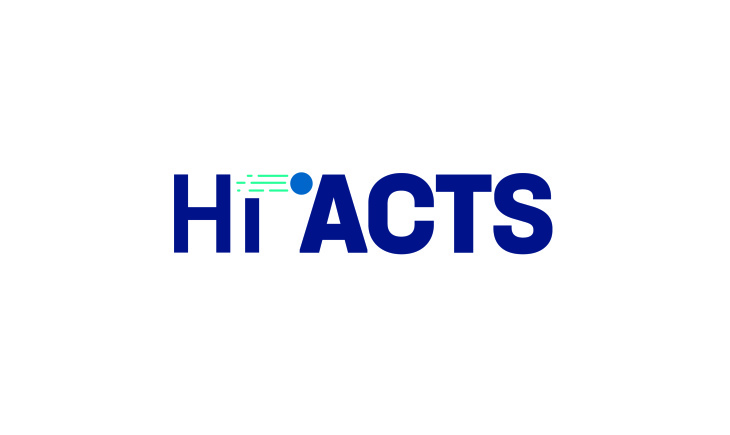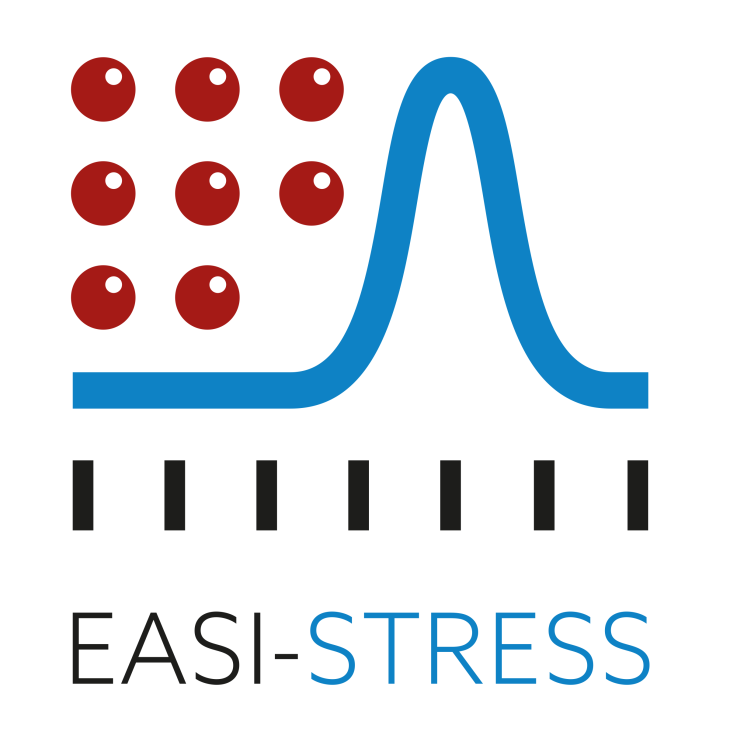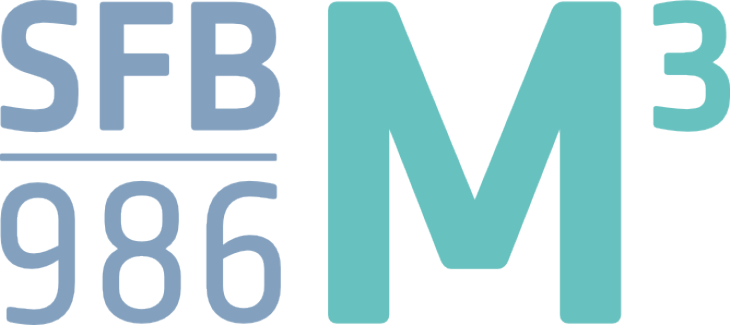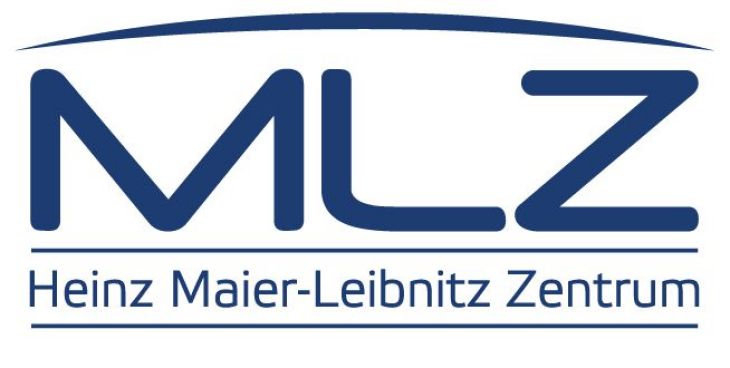Projects
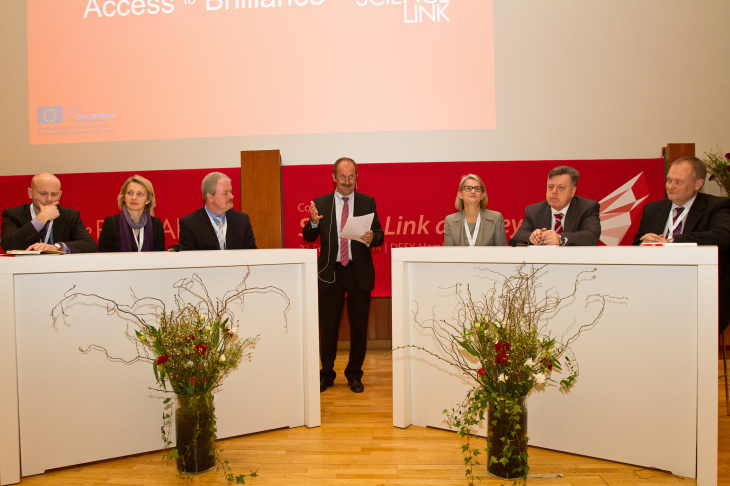
GEMS is involved in many networks and collaborations. Strong links exist to regional universities, both through joint appointments with the universities of Hamburg, Christian Albrechts University (CAU) Kiel and the TU Clausthal, as well as through joint third party projects. Some important projects are listed in the following:
HI-ACTS
The new innovation platform HI-ACTS - Helmholtz Innovation Platform for Accelerator-based Technologies & Solutions- pursues the mission of making accelerator-based technologies specifically accessible for industrial and medical applications. The participating Helmholtz research centers have unique large-scale research facilities that industrial companies and research-based hospitals can use. To this end, HI-ACTS brings together all the players to work in close partnership to integrate deeptech solutions more quickly into industrial value chains and bring innovations to society.
The Institute for Materials Research operates the GEMS central access platform, which provides a globally unique infrastructure for complementary research with photons and neutrons. GEMS will contribute the technical infrastructure at its instruments, in particular the diffraction and tomography beamlines at the PETRA III synchrotron light source (DESY), as well as the materials science expertise of the Institute for Materials Research to HI-ACTS. With HI-ACTS, Hereon will be able to further develop its services for industrial users. This will be done in close exchange with current and future users.
www.hi-acts.de
EASI-STRESS
European Activity for Standardisation of Industrial residual STRESS characterisation
The EASI-STRESS project has the overall aim to strengthen industrial access and uptake of non-destructive synchrotron x-ray and neutron diffraction-based residual stress characterization tools by validation against accepted destructive techniques and development of protocols, in close collaboration with industry.
more
Remade@ARI

In order to foster an approach to sustainable production, the European research infrastructure project ReMade@ARI commits to leverage the development of innovative, sustainable material such as electronics, batteries, vehicles, construction, packaging, plastics, textiles and food. The project is coordinated by the Helmholtz-Zentrum Dresden-Rossendorf (HZDR). The goal: designing new materials that are both competitively functional and highly recyclable. more
EURIZON
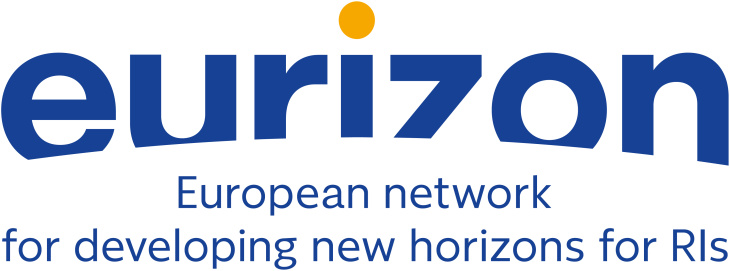
The EU-funded EURIZON project covers European scientific and technological cooperation in the field of research infrastructures (RIs) and also includes a special focus on coordination and support measures to support Ukrainian scientists and Ukrainian research infrastructures, as well as strengthening the research infrastructure landscape in Europe.
EURIZON is, in fact, the second phase of a four-year Horizon 2020 project launched in February 2020 under the name CREMLINplus.
more
ESS/BEER
In the frame of the Design Update Project for the European Spallation Source (ESS) funded by BMBF novel neutron instrumentation concepts are developed by the HGF-centres FZJ, Hereon, HZB and by TUM. Hereon and partners from the Czech Republic successfully submitted a proposal for a common engineering diffractometer (Beamline for European materials Engineering Research, BEER) at the ESS. Hereon is also involved in concepts for reflectometry, 3He-free neutron detectors, ESS-specific sample environment and the High Data Rate Initiative (HDRI) communication platform. more
SFB 986
The goal of the DFG funded Collaborative Research Centres project SFB 986 „Tailor-Made Multi-Scale Materials Systems– M³“ is to manufacture and characterize novel multiscale material systems. The project is a collaboration between the Technical University of Hamburg-Harburg, the University of Hamburg, and Hereon. In a central project of the SFB, GEMS is involved in providing sophisticated characterization methods at synchrotron and neutron sources to the project partners. more
MLZ
The collaboration between the Technische Universität München (TUM) and the Helmholtz Centres FZJ and Hereon at the FRM II is organised in the frame of the Heinz Maier-Leibnitz Zentrum (MLZ) founded in 2012. TUM and the Helmholtz Centres are running together 30 first-class neutron instruments at the FRM II. The expertise of the partners involved is combined in six scientific groups. Joint professorships are also planned. more
Technology and Medicine
In the Portfolio project "Technology and Medicine - in vivo multimodal imaging of polymeric biomaterials" the competences of the participating Helmholtz centres Hereon (coordinator), FZJ, GSI, HZB, HZDR and KIT (Research Area Key Technologies in cooperation with the Research Areas Health and Structure of Matter) and of the associated partner universities (Freie Universität Berlin, Heinrich-Heine-Universität Düsseldorf, RWTH Aachen) is bundled in order to clarify the in vivo behaviour of polymeric biomaterial systems. The Hereon contribution to this project is micro- and nanotomography. more

